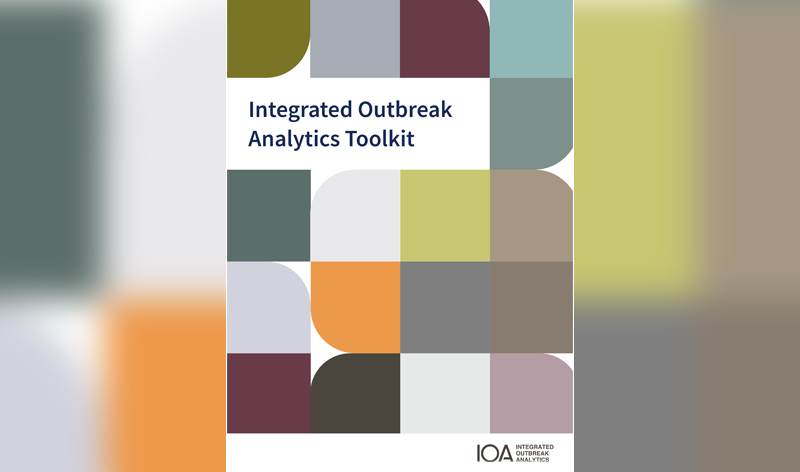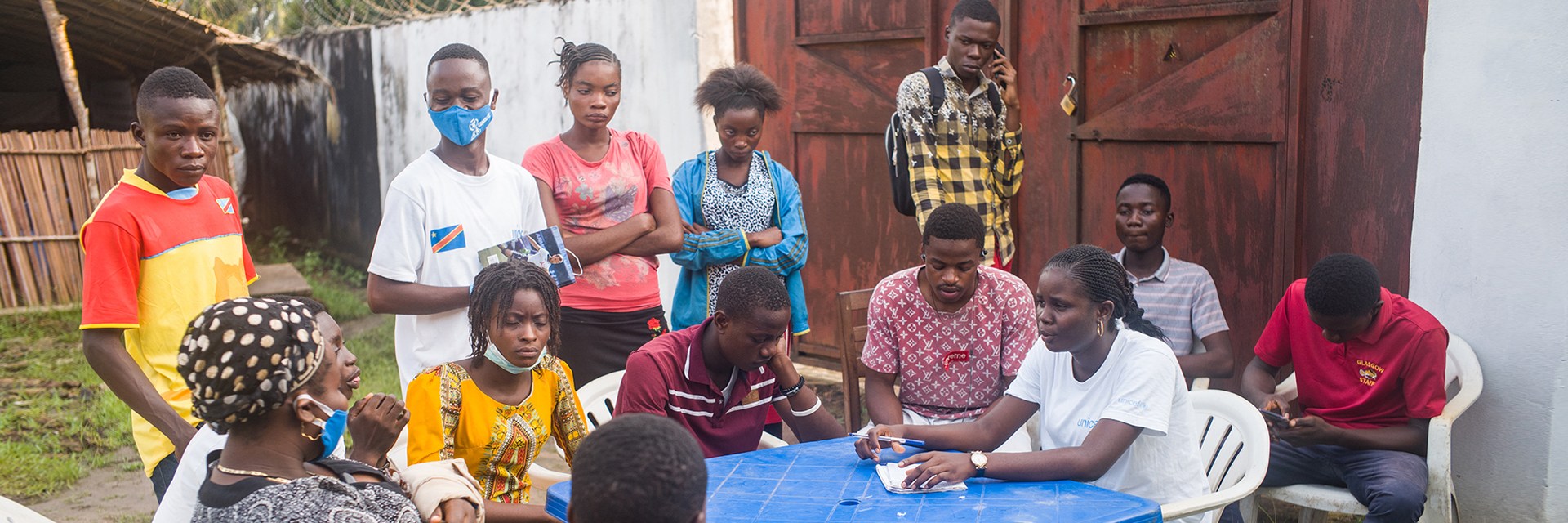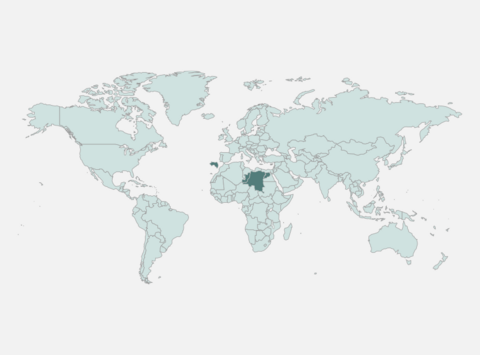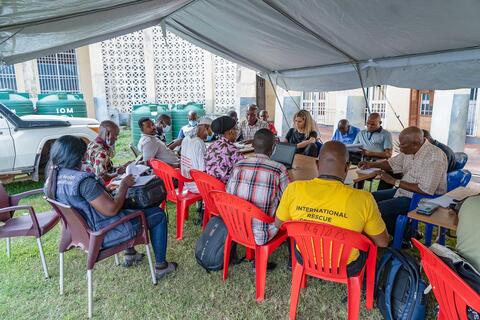The IOA toolkit aims to provide a clear understanding of IOA and highlight the importance of using an integrated, holistic approach to manage outbreak responses. It provides step-by-step guidance for setting up IOA and putting IOA principles into action. Finally, this toolkit provides guidance on applying IOA in humanitarian and emergency contexts, offering a practical and adaptable approach to informing public health emergency responses.
Developed based on the model from the Democratic Republic of the Congo (DRC), its creation involved extensive consultation with experts experienced in IOA applications. The toolkit was piloted in Tanganyika Province, DRC, as well as Somalia and Sudan, demonstrating its adaptability to diverse emergency scenarios. It builds upon an existing array of tools, templates, reports, case studies, animations, and publications used by stakeholders in diverse contexts.
This toolkit is a resource for anyone involved in emergency, preparedness, response, and recovery activities. It provides insights for those new to IOA, as well as practical strategies for experienced practitioners. Designed for Ministries of health officials and their partners (the United Nations, international non-governmental organisations, non-governmental organisations, etc.) working at the national, regional, provincial, district, and local levels, this toolkit emphasises the importance of a holistic approach and offers clear guidance on implementing IOA.
The anticipated primary users of this toolkit include those involved in enhancing data quality, analysis, and use to support public health emergencies and outbreak responses at local, national, and international levels. This includes epidemiologists, data scientists, social scientists, behavioural scientists, laboratory scientists, academic researchers, response coordinators/ incident managers, pillar leads, cluster leads and members, civil society representatives, and donors.
Consult the IOA Toolkit in English
Consultez la boîte à outils AIE en français




